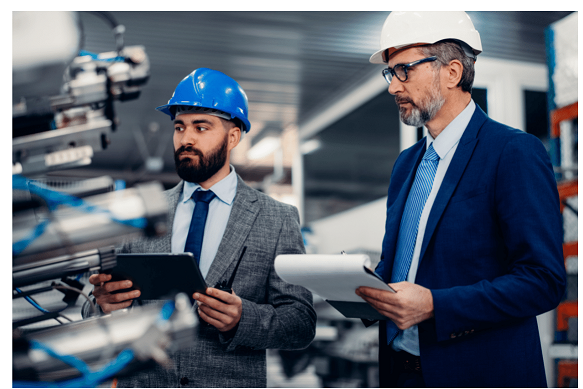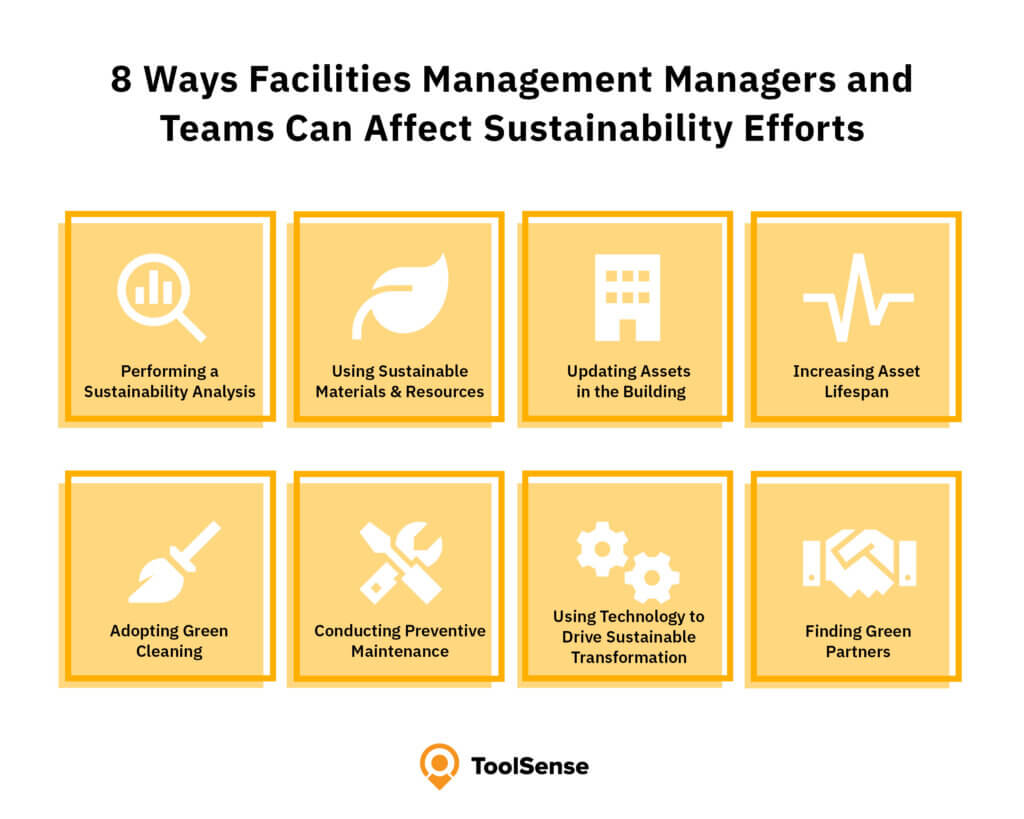Comprehending the Important Principles of Facility Management for Modern Services
Comprehending the Important Principles of Facility Management for Modern Services
Blog Article
The Crucial Guide to Facility Management: Techniques for Success
Center monitoring plays an important function in the total success of an organization, functioning as the backbone that sustains performance, safety, and productivity. By using calculated techniques such as incorporated technological solutions and fostering cross-departmental collaboration, organizations can substantially boost their operational structures. Nonetheless, the subtleties of effective facility management extend beyond plain logistics and require a thorough understanding of both qualitative and quantitative metrics. As we discover these important approaches, a closer evaluation reveals just how they can change not simply facilities, but the very culture within an organization itself. What might these improvements look like in practice?
Understanding Facility Administration
What makes up effective facility administration? Effective center management incorporates the sychronisation of numerous business functions to guarantee that constructed atmospheres are safe, efficient, and for performance. Facility Management. It incorporates the concepts of service, style, and design management to develop a seamless functional flow within a company
Key components of center monitoring consist of room preparation, maintenance management, and conformity with wellness and security guidelines. Area planning focuses on maximizing using physical sources to support organizational objectives, while maintenance administration makes sure that facilities are kept in optimal condition, maximizing lifespan and minimizing operational costs. Compliance with lawful and governing standards is essential, as it safeguards the company against possible responsibilities and enhances its reputation.
Moreover, reliable center monitoring depends on the tactical use innovation, such as Building Monitoring Equipment (BMS) and Computer-Aided Center Monitoring (CAFM) devices. These modern technologies promote real-time monitoring of structure systems and simplify upkeep procedures. Eventually, a thorough method to facility management not only promotes functional effectiveness but additionally cultivates a positive setting for visitors and staff members alike, driving total organizational success.
Key Strategies for Optimization
Optimizing facility management calls for a tactical approach that lines up functional methods with business objectives. To attain this, the first crucial method is the execution of integrated technological solutions. Using advanced software systems enables real-time monitoring of facility procedures, promoting data-driven decision-making and improving general performance.
Secondly, normal analyses of facility efficiency are important. Performing routine evaluations and audits makes it possible for facility supervisors to identify locations that need renovation, making sure that resources are alloted efficiently. This proactive approach helps in lessening downtime and boosting solution distribution.
An additional important approach is promoting collaboration across departments. By urging open communication between teams, center supervisors can much better straighten their methods with service objectives, resulting in boosted functional synergy. Additionally, engaging team in training programs advertises a society of responsibility and improves their capacity to contribute to optimization efforts.
Enhancing Safety Procedures
Reinforcing security procedures is necessary for producing a protected setting within facilities. A thorough safety and security protocol not only protects staff members and site visitors however also improves operational performance. To achieve this, facility supervisors need to perform routine danger analyses to ensure and recognize potential hazards that ideal measures are in place.
Educating and education and learning are vital parts of reliable security protocols - Facility Management. Staff members should get ongoing training in emergency situation procedures, tools handling, and personal protective procedures. Normal drills, such as fire evacuations or lockdown treatments, next foster familiarity and preparedness amongst personnel
In addition, clear communication networks must be developed to report safety and security problems quickly. This consists of creating an accessible platform for workers to voice potential risks or incidents without concern of reprisal. Additionally, leveraging technology can boost security procedures; as an example, applying security systems and gain access to controls aids monitor facility tasks and limit unauthorized entrance.
Finally, conformity with local laws and industry standards is non-negotiable. Regular audits and testimonials of safety and security procedures make sure placement with present legislations and best techniques. By prioritizing these approaches, facility supervisors can grow a society of safety and security that shields all stakeholders and inevitably adds to the organization's success.
Improving Workplace Setting

Ergonomic factors to consider are essential to minimize physical pressure and pain. Facility Management. This entails offering flexible furniture, proper discover this illumination, and sufficient area for activity. These modifications can result in reduced absence and increased task fulfillment
Looks play a crucial duty fit the office atmosphere. Making use of shade psychology, natural lights, and plant can cultivate a inviting and stimulating setting. Attentively developed areas can enhance imagination image source and enhance total well-being.
Moreover, motivating employee engagement through comprehensive decision-making procedures can enhance the sense of possession and belonging. Gathering feedback on workplace renovations and including employees in the style process can result in a more tailored atmosphere that meets their requirements.
Finally, advertising wellness campaigns, such as health cares and leisure areas, can even more add to a helpful work environment culture. By focusing on these methods, center supervisors can properly improve the workplace atmosphere, driving both staff member complete satisfaction and organizational success.
Gauging Success in Facilities
Determining success in facility monitoring requires a detailed technique that evaluates both measurable and qualitative metrics. Measurable metrics generally include key performance signs (KPIs) such as space utilization rates, power intake, maintenance expenses, and occupancy degrees. These metrics give a clear picture of operational performance and economic efficiency, allowing center supervisors to identify locations for renovation and criteria versus market criteria.
Qualitative metrics, on the various other hand, concentrate on customer satisfaction and staff member interaction. Studies and feedback devices can gauge just how well the facilities fulfill the needs of residents, assisting to examine the general office atmosphere. This aspect is essential, as a pleased labor force is often connected to raised performance and retention prices.
To successfully determine success, facility supervisors should additionally consider incorporating modern technology, such as constructing administration systems and information analytics tools, to collect and evaluate appropriate information. Frequently evaluating both sets of metrics permits an extra balanced view of efficiency and notifies calculated choices. Ultimately, a successful facility administration method pivots on a dedication to constant improvement, guaranteeing that both functional efficiencies and individual complete satisfaction are prioritized.
Final Thought

Facility administration plays a vital role in the total success of an organization, serving as the backbone that supports efficiency, performance, and safety.Key components of center administration consist of room planning, maintenance monitoring, and conformity with health and safety laws.Moreover, reliable center administration relies on the calculated use of modern technology, such as Structure Administration Equipment (BMS) and Computer-Aided Center Management (CAFM) tools. Eventually, a detailed method to facility management not only promotes functional performance however also promotes a positive setting for employees and site visitors alike, driving general business success.
Inevitably, an effective center administration strategy hinges on a commitment to continuous enhancement, making certain that both operational effectiveness and individual complete satisfaction are focused on.
Report this page